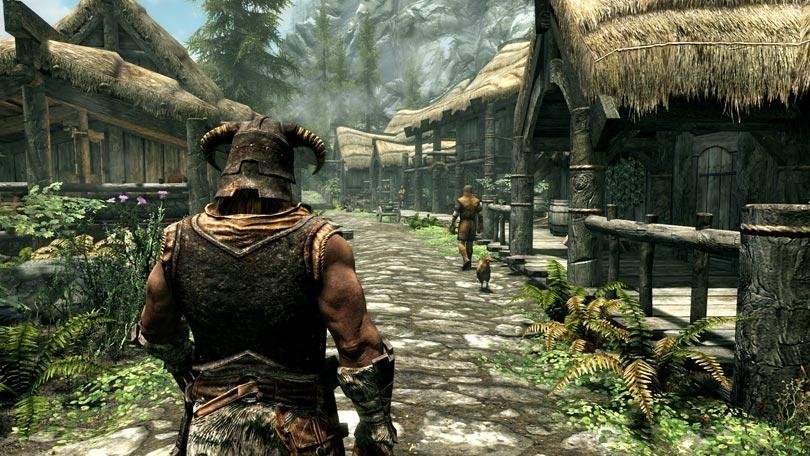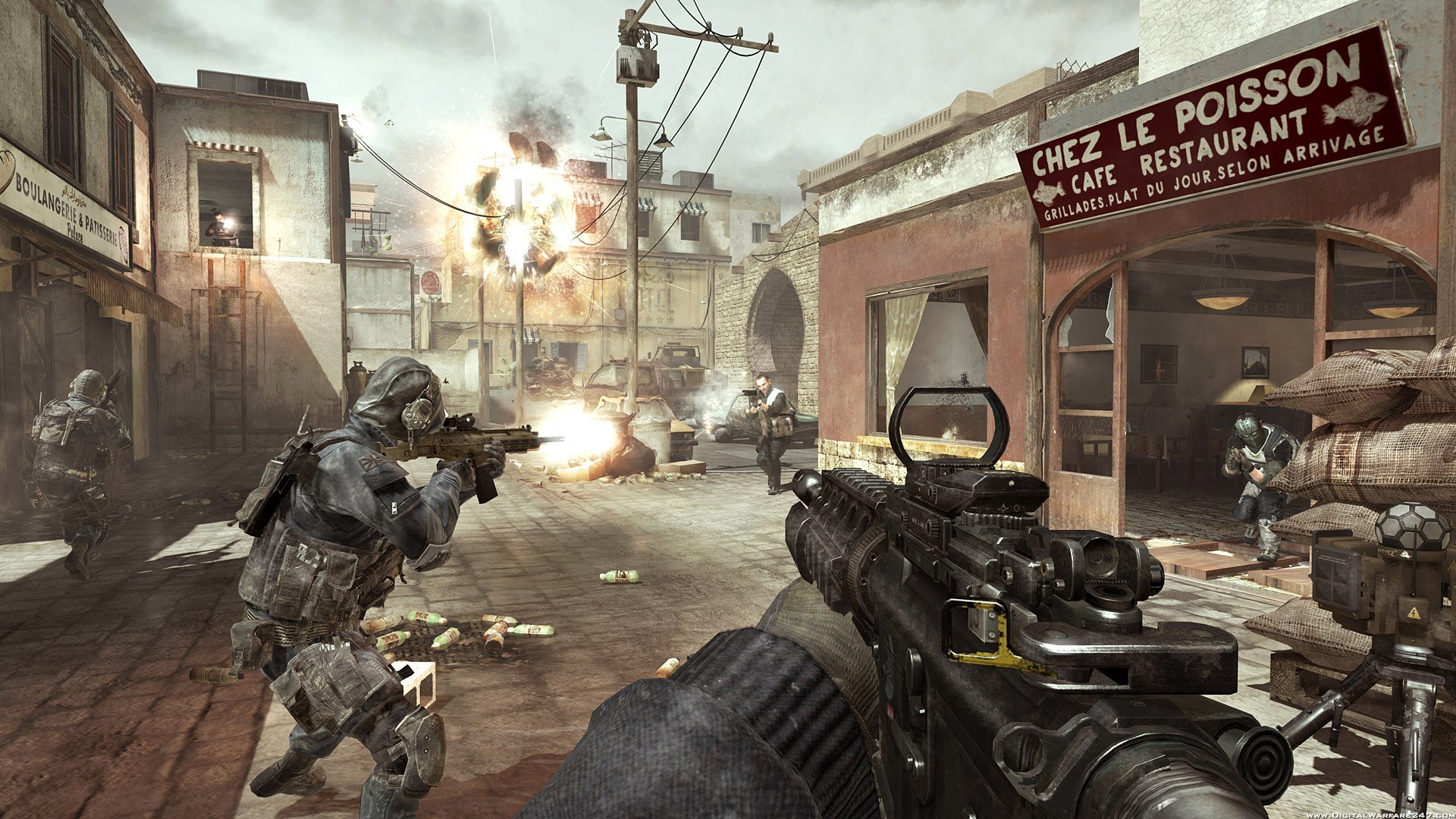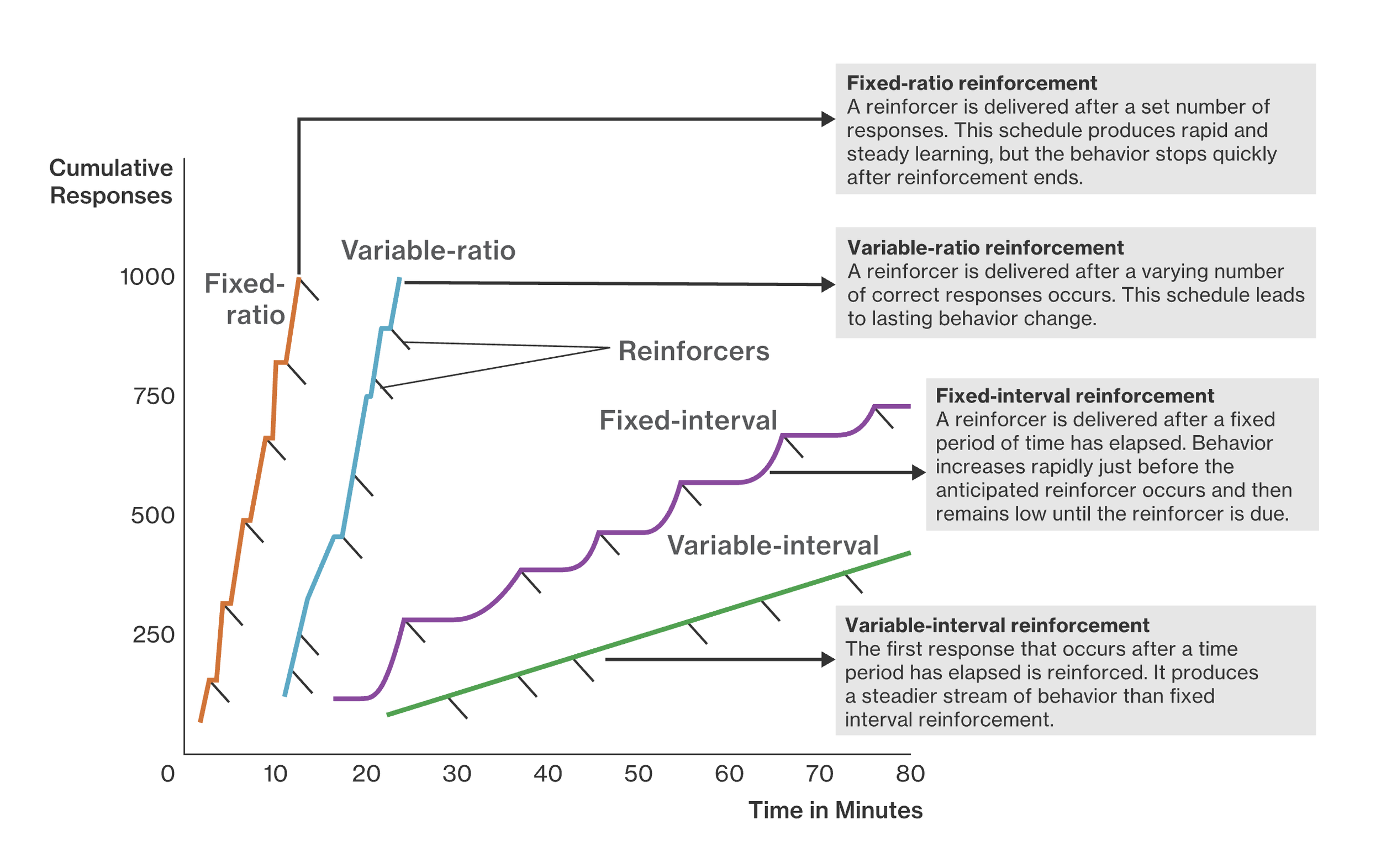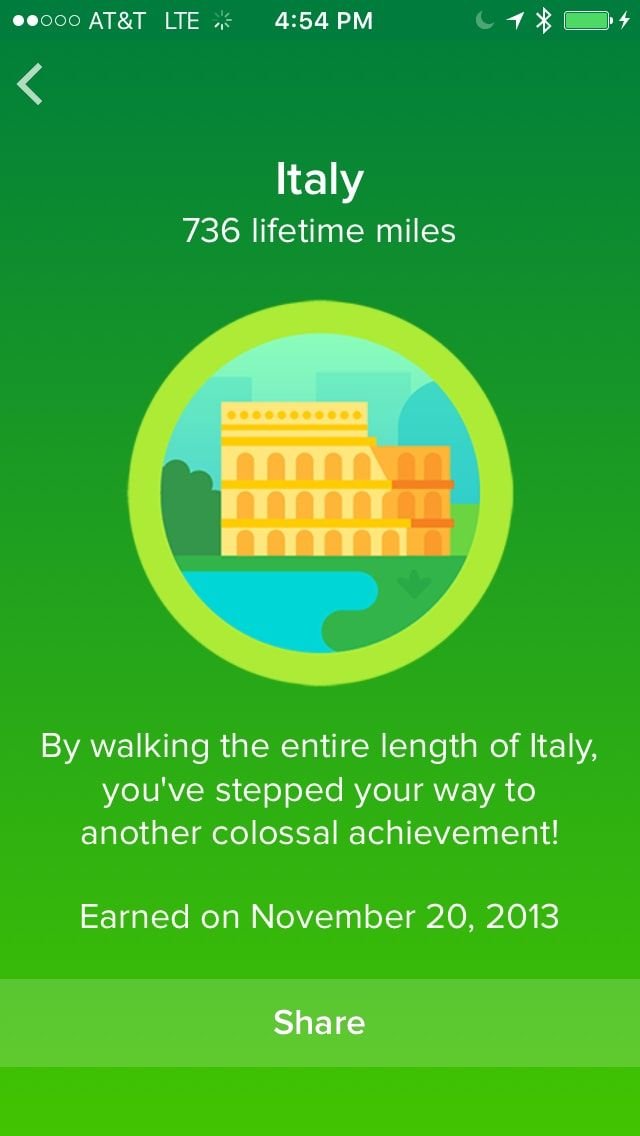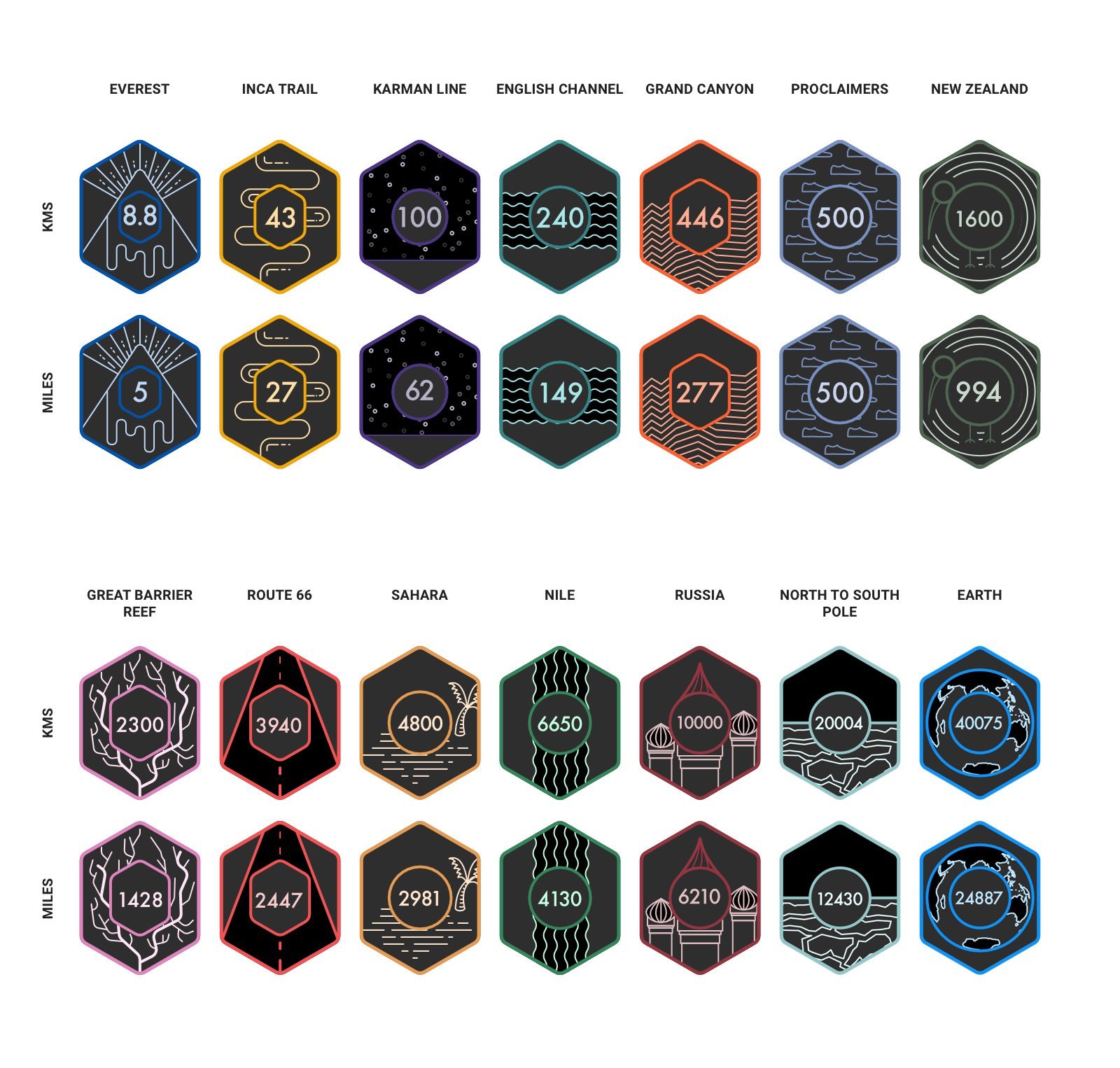Engaging users through gamification
The question, “how best can we engage users” is always at the back of designers’ minds. In a saturated app market we are competing not just for phone space, but also for user time and it is becoming increasingly difficult to grab and hold onto attention. One way of doing this is with gamification, the method of using game-like techniques to engage users.
In 2018, we were asked to design and develop an app for an electric skateboard company, that would compliment the riding experience. Luckily for us, their customer base were already highly engaged: users were very active on social media and would often organise meetups and social events around their boards.
However, with high engagement comes high expectations and therefore a very small zone of tolerance. The zone of tolerance is the gap between the minimum standard a customer expects of a product and the desired standard. This zone is much smaller when customer expectations are high.
The customers’ high expectations of the app had been set by:
1) A brand they love and trust that produces high quality products
2) Familiarity with other fitness and skateboarding apps that are very high quality.
Framework
We decided to design an app based on the classic Bartle framework. This gamification framework suggests that most people are one of four player types at any given time. The four player types Bartle identifed are:
Achievers
Players that want achievement within the context of the game.
Achievers are motivated by leaderboards and badges. They want to know how they can gain rank and show everyone what they have achieved. They need an achievable challenge.
Explorers
Players that want to explore and discover as much of the game as possible
Explorers seek out all the nooks, search for hidden items, and love surprises. Explorers especially appreciate inside jokes and easter eggs.
Socialisers
Players that look for social interaction in gameplay
Socialisers don’t care particularly about rewards or achievements unless they provide a way to connect with others. Using a ranking system, clustering players together works well for this group as they feel a part of a bigger community.
Killers
Players that look to make life harder for other players
As this is not behaviour that we wish to encourage in the app, each achievement has to be carefully planned with restrictions in place to encourage friendly competition rather than dysfunctional behaviour.
Rewards and achievements
Behaviour
Badges and rankings are often used to reward behaviours you want encouraged and repeated. In the case of the Evolve app, we wanted to encourage users to track and share rides in the app, so we decided to award badges for riding a certain amount of kilometres. This method promotes continued engagement not only with the app, but with the Evolve brand.
When designing the achievement system we had to carefully consider what behaviours and actions we were encouraging and how they would affect the greater Evolve community and the company itself. For this reason, we opted to award badges in the following categories:
Total distance travelled
Total time travelled
Distance travelled in a single ride.
We opted not to reward riders for speed as we thought this would encourage reckless behaviour that we didn’t want to associate with the Evolve community.
For phase one, however we focused solely on awarding people for their total distance travelled.
Badge intervals
The individual achievements awarded (in this case, the badges) within the category were determined using a variable-ratio schedule. The variable-ratio schedule is a method of breaking up achievements at varying points so that users cannot predict when they will achieve their next badge. Rewards need to be spaced so that they are still achievable but not so frequent that they become meaningless. Rewards granted should be spaced exponentially with each badge being more difficult to achieve than the one prior.
This method is particularly effective for the Achievers using the app. The variable-ratio schedule is also particularly useful for users familiar with gamification, as variable ratios prevent predictability when awards will be granted, and the increasing difficulty of each badge encourages continued engagement with the app.
Based on our survey results, we found that most people ride 30-60 minutes, 3 times a week. Assuming a ride goes for 60 minutes at 30km/h, that’s 30km a ride. 30x3= 90km a week. From this information we identified a rough schedule of distances of increasing difficulty to achieve.
10km
50km
100km
1000km
5000km
10,000km
15,000km
20,000km
30,000km
We researched a number of different apps and services that incorporate badges, leaderboards and other methods of gamification. One of our greatest sources of inspiration was Fitbit. Fitbit has designed a really unique badge system that rewards people for achieving certain distances that equate with real-life distances that people can relate to.
Associating the total kms ridden with real places creates an understanding of the distance that is tangible rather than some abstract number. Naming badges after distances resonates with the Explorers as it appeals to their desire to discover all the different names.
Based on this idea, we researched a number of locations that somewhat aligned with the variable distances we had selected. We came up with the following distances and locations.
Design
The badge design had to achieve several things
Communicate the distance travelled
Communicate the place association
Align with the app’s existing design language
We eventually settled on a very simple outline design that incorporated abstract references to the badge’s associated location. The use of the hexagon shape as the outline was a reference to the pattern that is used on the physical boards, and a shape that is repeated in other ares of the app.
The complete set of badges are below:
References
Cherry, K.(2019, July 19).Variable-Ratio Schedules Characteristics. Retrieved from https://www.verywellmind.com
Course Hero(n.d.).Operant Conditioning. Retrieved from https://www.coursehero.com
Hawkes, D.(n.d.).Zone of Tolerance: Definition & Example. Retrieved from https://study.com
Kosecki, D.(2017, July 12).Presenting the Official List of Fitbit Badges. How Many Do You Have?. Retrieved from https://blog.fitbit.com
Kumar, J., Herger M., Dam R.(2019, July).Bartle's Player Types for Gamification. Retrieved from https://www.interaction-design.org
ModDB(2011, September 5).Modern Warfare 3 Screenshots. Retrieved from https://www.moddb.com
Thomas, J.(n.d.).Zone of Tolerance. Retrieved from http://www.jsu.edu
Ubisoft(2018, November 27).Introducing the Mastery Levels System. Retrieved from https://assassinscreed.ubisoft.com
Zamora, G.(2016, December 17).The Elder Scrolls V: Skyrim Special Edition (for PC). Retrieved from https://www.pcmag.com




